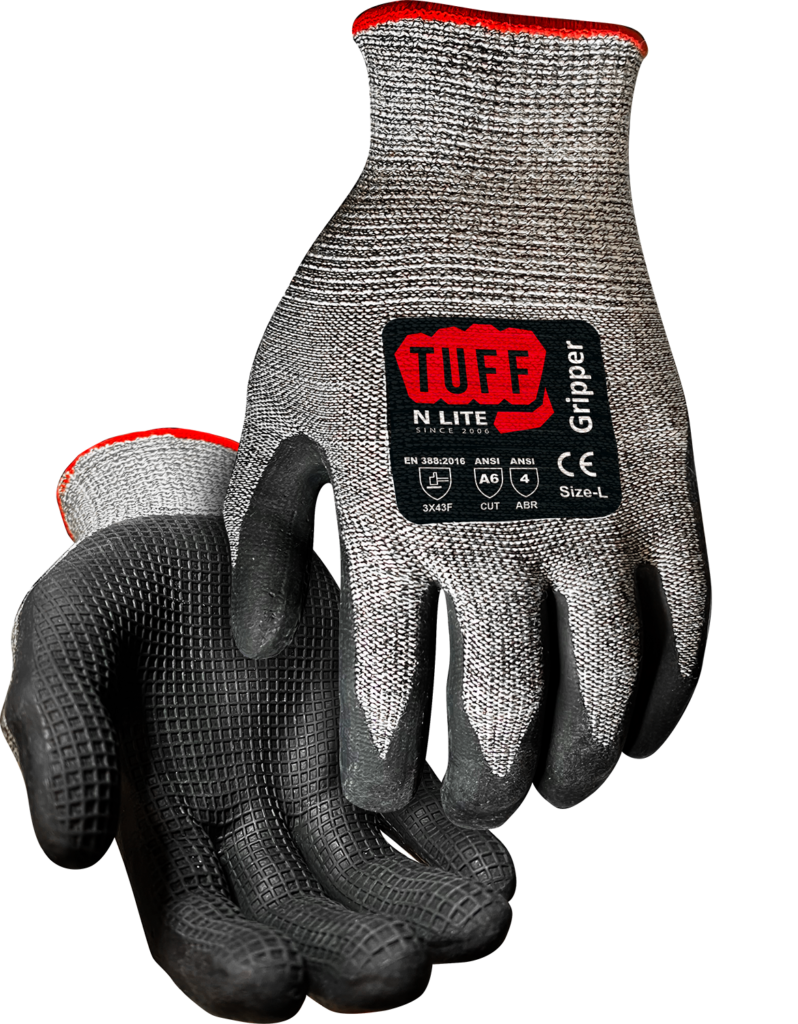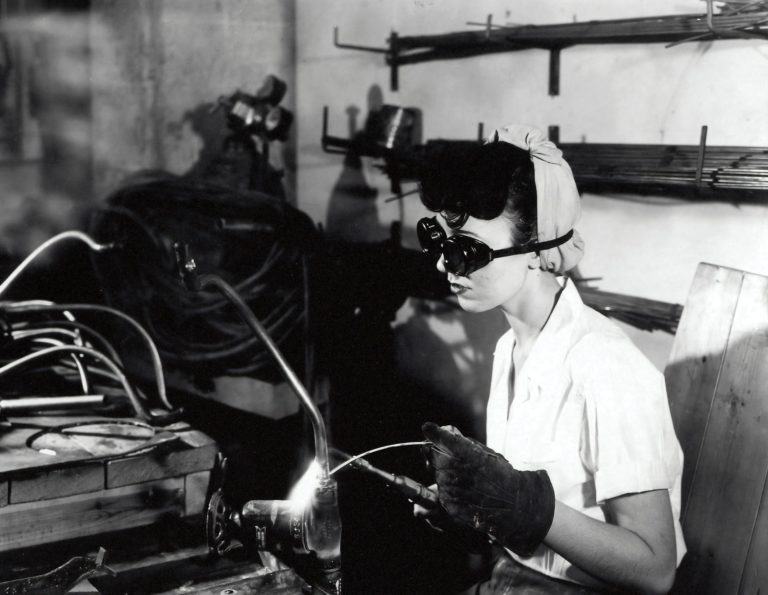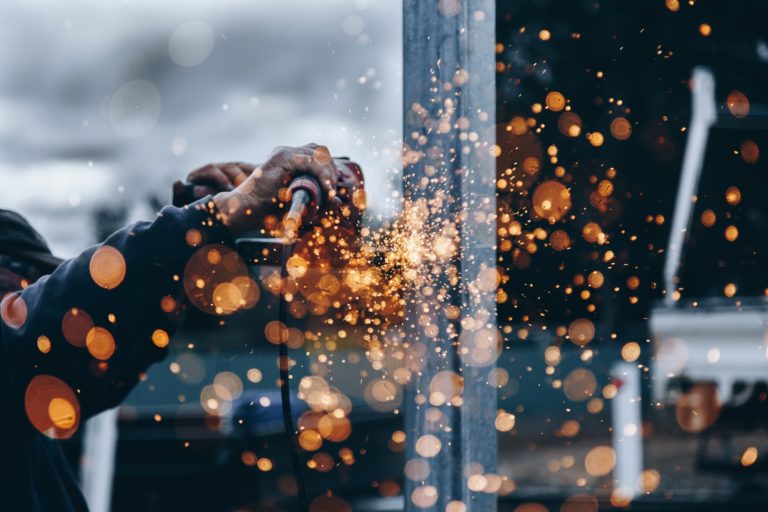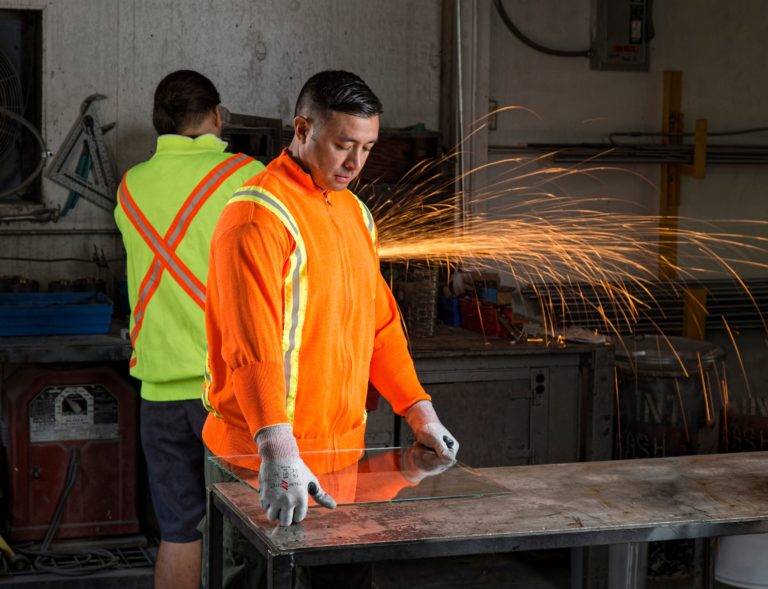Cut Resistant Gloves: Which Factors Matter Most for Safety?
Workplace safety is of utmost importance in many industries, particularly those that involve handling sharp objects or materials.
Cut-resistant gloves are an essential piece of personal protective equipment (PPE) that can prevent accidents and injuries in the workplace. In this guide, we’ll discuss what cut-resistant gloves are, their benefits, and the importance of abrasion and puncture resistance when evaluating gloves for safety uses.
What are Cut-Resistant Gloves?
Cut-resistant gloves are specially designed hand protection gear made from materials that can withstand cuts, slashes, and punctures. These gloves are commonly used in industries such as construction, manufacturing, automotive, glass handling, food preparation, and recycling.
They are made from a variety of materials, including Kevlar, Dyneema, metal mesh, and high-performance polyethylene (HPPE). These materials offer different levels of cut resistance, allowing workers to choose gloves that best suit their needs and the specific hazards they face.
Benefits of Cut-Resistant Gloves
- Protection against cuts and lacerations: Cut-resistant gloves can significantly reduce the risk of injury when handling sharp objects or materials. Workers who wear these gloves can confidently perform tasks that involve cutting, slicing, or handling objects with sharp edges.
- Improved grip: Many cut-resistant gloves have textured palms or fingers, providing an enhanced grip, which can help reduce the chances of dropping objects or slipping while handling tools.
- Enhanced durability: Cut-resistant gloves are designed to withstand wear and tear, making them a cost-effective option for employers looking to invest in long-lasting PPE for their employees.
- Compliance with safety regulations: In many industries, wearing cut-resistant gloves is mandated by occupational health and safety regulations. Employers can ensure compliance and demonstrate their commitment to a safe work environment by providing workers with these gloves.
How Are Cut-Resistant Gloves Evaluated?
There are two major global standards for measuring the cut-resistant protection levels of safety gloves. One is the ANSI/ISEA 105 (U.S. Standard), and the other is the EN 388 (EU Standard).
Both standards evaluate a glove’s cut, abrasion, and puncture resistance by subjecting the gloves to specific tests to determine how the glove will perform. Both standards are also continually evaluated and updated over time to help improve the consistency and accuracy of the test results. It’s important to understand each standard’s rating scale when evaluating your safety glove requirements.
As cut resistance is the primary concern, both standards specify tests to measure the force necessary for a blade to cut through the material.
Why Are Abrasion & Puncture Resistance Important to Glove Safety?
Abrasion resistance is an essential factor to consider when evaluating gloves for safety uses, as it indicates the glove’s ability to withstand wear and maintain its protective qualities. A glove with high abrasion resistance can better resist friction, rubbing, or scraping, ensuring that the glove remains effective and lasts longer.
The abrasion resistance portion of testing involves subjecting the glove to a rotating abrasive surface and calculating the number of cycles it takes for the glove material to wear through. Gloves are then rated on a scale with higher levels indicating a higher level of abrasion resistance.
Puncture resistance is another crucial factor when evaluating gloves for safety uses. It measures the glove’s ability to resist penetration by sharp objects such as nails, needles, or glass shards. Puncture-resistant gloves can help protect workers from injuries caused by accidental punctures while handling sharp objects or materials.
During the puncture portion of the test, a glove is subjected to a puncture force with a standard-sized needle. The force required to penetrate the glove material is then recorded, and gloves are rated on a scale with higher levels indicating higher levels of puncture resistance.
Need Cut Resistant Safety Gloves?
Cut-resistant gloves are an essential component of workplace safety, providing protection against cuts, lacerations, and punctures. When choosing cut-resistant gloves, it’s important to consider factors such as abrasion and puncture resistance to ensure that you select the most suitable gloves for your specific needs. By investing in high-quality cut-resistant gloves, employers can create a safer work environment, reduce the risk of injury, and comply with occupational health and safety regulations.
Tuff-N-Lite manufactures some of the toughest cut-resistant gloves available. For more product details or to inquire about customizations, contact us.








